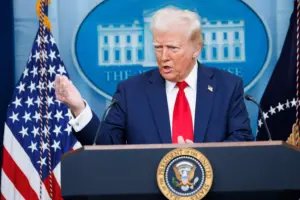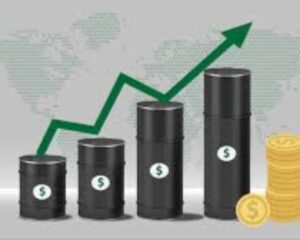At their June meeting, officials at the U.S. Federal Reserve discussed potential interest rate cuts, signaling that changes could be coming later in 2025. However, opinions among the members of the committee vary significantly, especially on when to cut and by how much.
While they all agreed to keep the current interest rate range of 4.25%-4.5% unchanged for now, many shared the view that some form of rate reduction would likely be needed before the end of the year. This reflects a cautious yet shifting stance as inflation cools down and job growth slows.
The disagreement lies in how soon and how deeply to cut. A few officials believed a cut might be justified as early as July, especially if inflation remains under control. Others argued that no cuts at all may be needed this year, citing persistent inflation risks and a resilient economy.
Some committee members feel that the current rate is close to a “neutral level” — a balance point that neither stimulates nor slows the economy. This means that if cuts do happen, they might be small and limited.
Despite these differences, the overall forecast released after the meeting suggests two rate cuts in 2025, with more to follow in the coming years.
Outside the economic data, political pressure is also a factor. President Donald Trump has publicly criticized Fed Chair Jerome Powell, urging for aggressive rate cuts and even calling for Powell's resignation. Powell, however, remains firm, stating that monetary policy decisions will not be influenced by political agendas.
The Fed’s main concern is balancing inflation control with economic growth. Officials acknowledge that while inflation has eased, uncertainty still remains. They prefer to take a careful and gradual approach to avoid unexpected shocks.
Recent data shows that inflation is cooling. The Consumer Price Index (CPI) rose only 0.1% in May. Although overall inflation is still slightly above the Fed’s 2% target, public fear of rising prices has begun to decline.
Meanwhile, the job market is showing mixed signals. June saw 147,000 new jobs added, more than expected, but overall job growth has slowed. Unemployment surprisingly dropped to 4.1%, while consumer spending and retail sales both fell — suggesting that people may be tightening their wallets.
Tariffs introduced by Trump earlier this year are adding more uncertainty. While officials are watching closely, many believe the impact on inflation could be small — especially if new trade deals are made or companies adjust their supply chains.
In conclusion, the Fed is preparing for possible interest rate cuts, but the path forward remains unclear. With inflation softening and the economy showing both strengths and weaknesses, officials are treading carefully, waiting for more data before making firm decisions.





